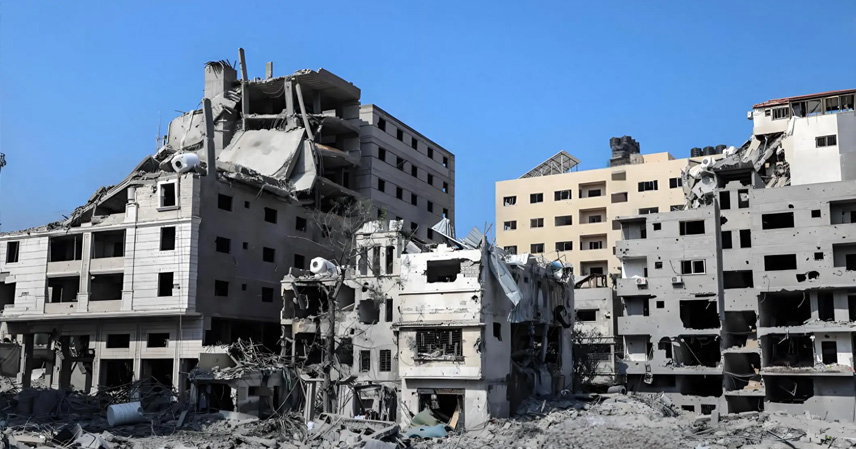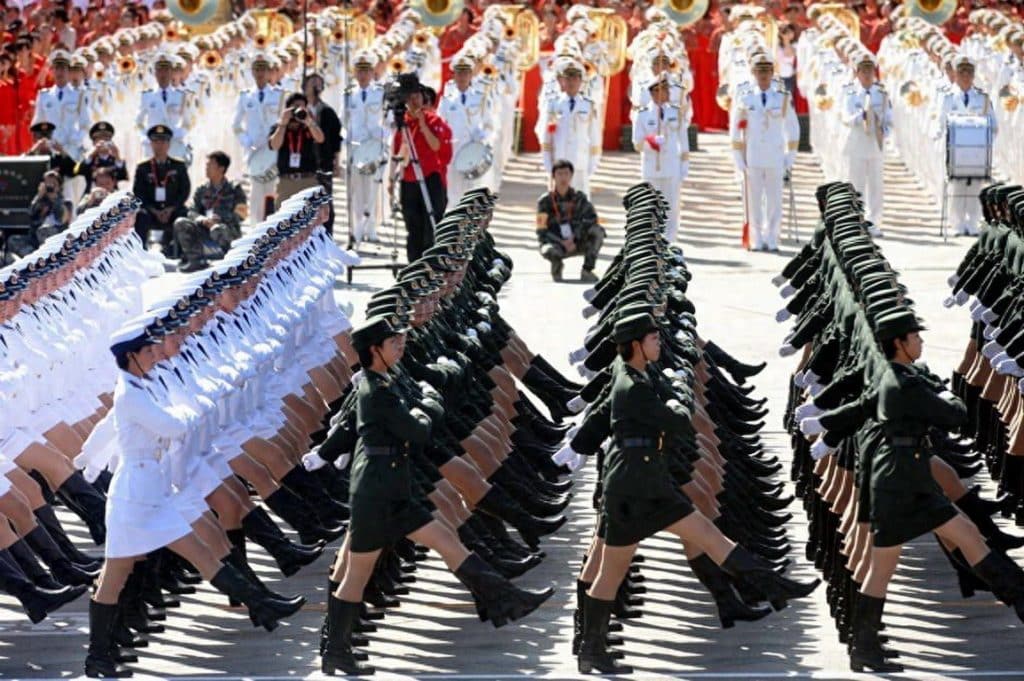The Middle East is still reeling from ongoing wars, yet Israel has launched a new round of conflict. According to the latest reports, Israel suddenly waged war against Yemen, 2,200 kilometers away, sending a large fleet of fighter jets for airstrikes. The assault not only caused heavy casualties but also triggered a missile exchange across the Red Sea.
On the afternoon of September 25, Israeli fighter jets roared over the Yemeni capital of Sanaa. Twenty aircraft struck a city already devastated by years of war, plunging it once again into flames and bloodshed.
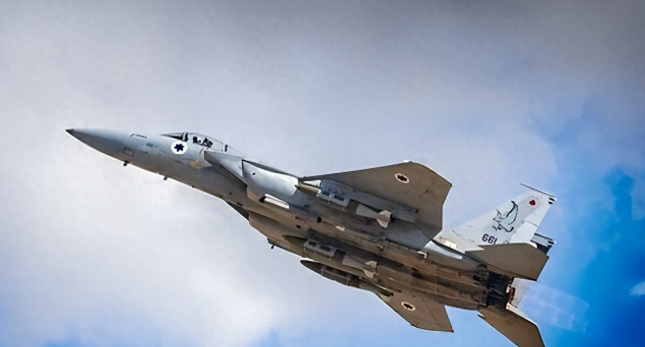
The surprise attack killed eight people and injured 142, while escalating into a cross-Red Sea missile confrontation that further destabilized an already fragile region.
The spark for this escalation came from the Israeli coastal city of Eilat on September 24. That evening, Houthi forces in Yemen launched two long-range suicide drones, which flew low beneath Israel’s “Iron Dome” defense system and crashed into a seaside hotel in Eilat.
Security footage captured the moment clearly: a massive fireball rose as the drones exploded, shattering windows and sending glass raining down onto the streets. Twenty-two tourists were injured in the blast.
Israeli Prime Minister Benjamin Netanyahu, who was on a flight to New York at the time, immediately ordered retaliation upon hearing the news. On September 25, the Israeli military announced that its strikes had targeted Houthi “command centers, intelligence stations, and weapons depots,” claiming to have killed dozens of fighters.
But Al-Masirah TV, run by the Houthis, countered that Israel had bombed civilian areas, including residential neighborhoods and hospitals. Rescue workers continued digging through rubble in search of survivors.
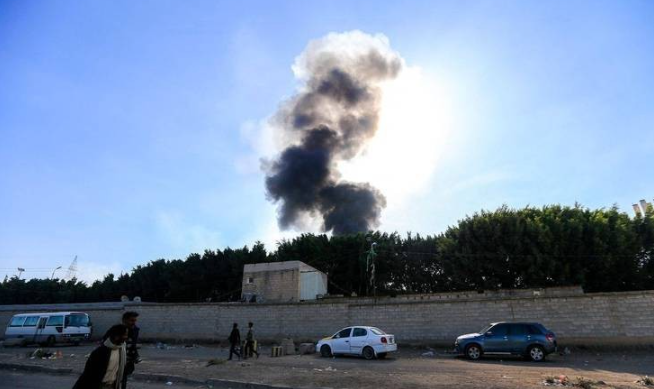
Soon after the airstrike, the Houthis issued a midnight warning of the “largest retaliatory campaign in history,” vowing to fire long-range rockets and missiles to blanket Israeli cities, including Tel Aviv.
Just hours later, air raid sirens blared in central Israel. A Yemeni-launched “Palestine-2” missile pierced several defense layers before being intercepted over Tel Aviv. The explosion shattered windows in nearby apartment buildings.
This exchange revealed stark differences in weapons technology. The Houthi “Palestine-2” can fly at ten times the speed of sound, making it difficult even for Israel’s advanced Arrow-3 defense system to intercept. Israel’s F-35I jets, though capable of striking targets 2,000 kilometers away, struggled to inflict decisive damage on Houthi positions hidden in mountainous terrain.
Another striking contrast lay in costs. Israel deployed GBU-31 precision bombs priced at over $200,000 each, while the Houthis used drones costing only a few thousand dollars apiece. This asymmetry in expenses leaves Israel at a growing disadvantage the longer the conflict drags on.
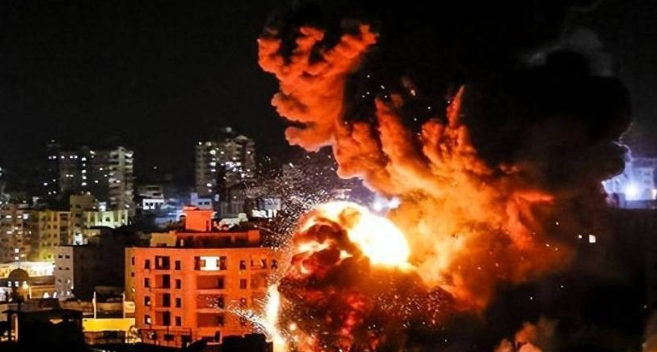
The fallout quickly drew global attention. On September 26, UN Secretary-General António Guterres “strongly condemned” the Israeli airstrikes, highlighting damage to Sanaa’s international airport that risked cutting off humanitarian aid routes.
World Health Organization Director-General Tedros Adhanom Ghebreyesus was at the airport when the strikes hit. Explosions tore through a nearby control tower, injuring members of his delegation.
Geopolitical maneuvering was also evident. The U.S. Pentagon revealed that Israel had coordinated tactics with U.S. Central Command prior to the strike. Saudi Arabia, unusually silent this time, appeared to tacitly approve the action. Meanwhile, Iran reportedly provided technical support to the Houthis via Hezbollah in Lebanon. For Israel, striking the Houthis was also about weakening Iran’s growing influence in the Middle East.
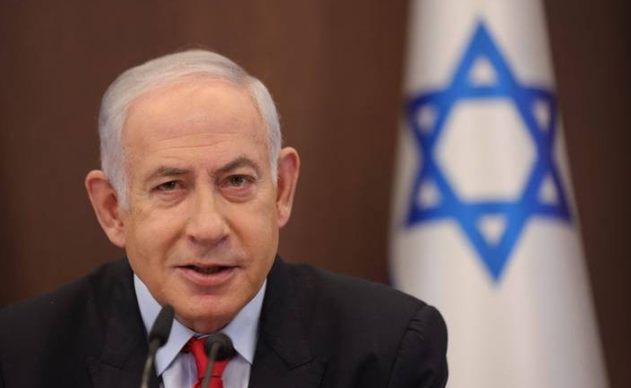
The human toll, however, was devastating. Residents in Sanaa said airstrikes knocked out water and electricity, while hospitals overflowed with casualties. Many wounded could not receive timely treatment and lost their lives.
Yet calls for peace have not been silenced. On September 26, the Houthis issued a statement urging negotiations, saying they would restore Red Sea shipping if Israel lifted its blockade on Gaza. The UN’s Yemen envoy, Hans Grundberg, has been pushing for ceasefire talks, while Oman and other states have stepped in as mediators.
History in the Middle East shows that violence alone cannot resolve tangled geopolitical rivalries. Israel’s strike may appear to have restored “deterrence,” but in reality, it has pulled the country deeper into cycles of hatred. The Houthis’ retaliation may feel like vengeance, but ordinary Yemeni civilians bear the greatest suffering.
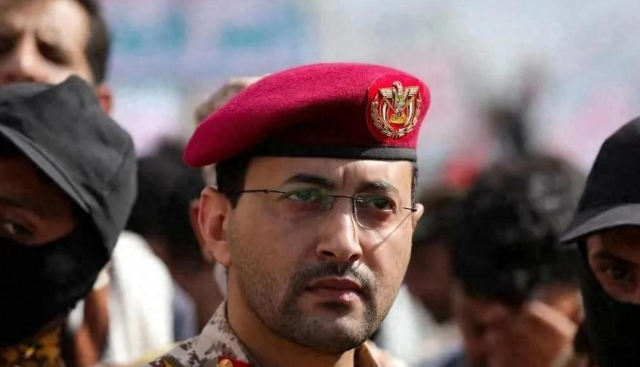
At this crossroads between hatred and reconciliation, only dialogue and compromise can offer hope for peace. As UN Secretary-General Guterres said: “Millions of people are waiting for aid — resorting to force now is an affront to conscience.” Ultimately, this escalating conflict will test not only military power but also the political wisdom and conscience of all involved.

